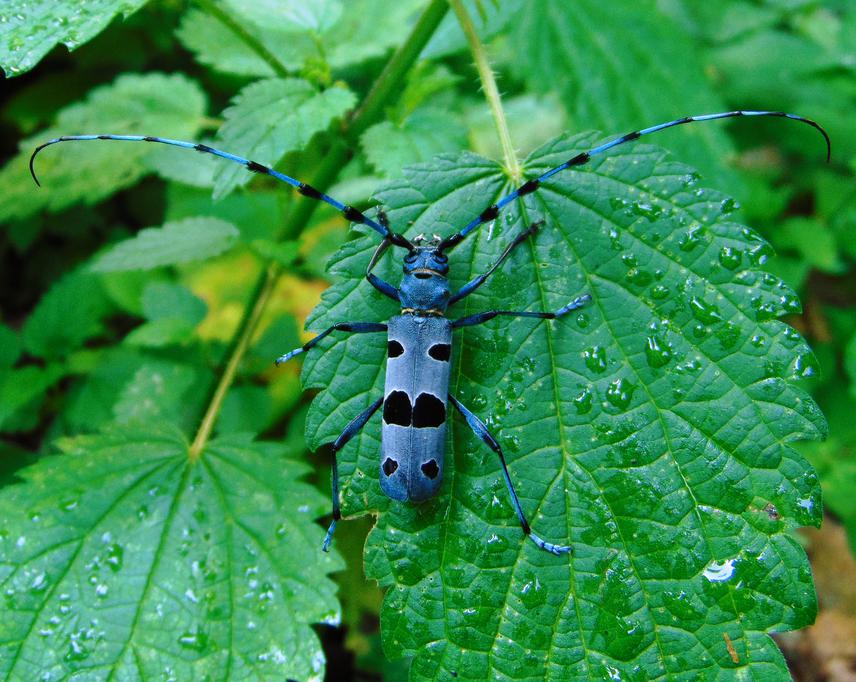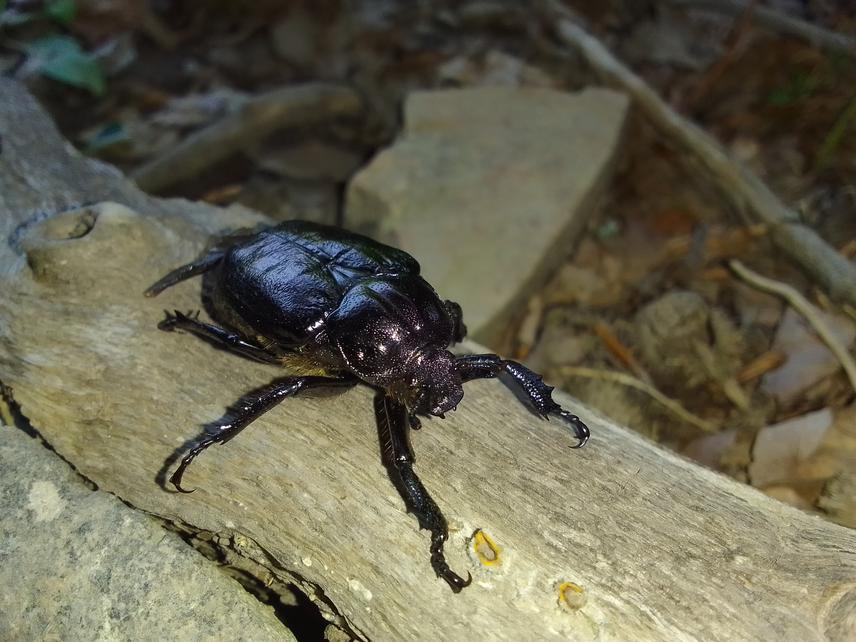Sanja Banjanac
Intensive forestry caused a lack of dead woods abundance which is a necessity for survival of saproxylic organisms. Saproxylic beetles are insufficiently researched in Serbia, and this creates problems in managing protected areas and sustainable forestry that contribute to biodiversity conservation. Therefore, this project aims to perform comprehensive research on selected species of conservation priority in Serbia.
During the project, these saproxilyc insects will be investigated: Cucujus cinnaberinus , Osmoderma barnabita , Cerambyx cerdo, Morimus funereus, Lucanus cervus, and Rosalia alpina. All the mentioned species are on the European Red List of saproxylic beetles. The localities will cover a wide range of protected areas in Serbia, providing comprehensive and rich distribution maps of these six targeted saproxylic insect species. In that way, this project will provide a more precise distribution of the selected species and consequently enable better quality of forest management.

Rosalia alpina. ©Sanja Banjanac.
Besides the data collected by the expert team, the essential part of the project will be the education of employees in protected areas and students of biology/ecology. Through the education of the protected area authorities, this project will implement a modern approach to forest management and it will present the first stage in better conservation of saproxylic insects. We want to influence global awareness and the awakening of interest in the research of saproxylic insects among a wide population; therefore we will dedicatedly educate students of biology/ecology and citizen scientists to collect data about saproxylic beetles.

Osmoderma barnabita. ©Ivan Tot.
During the entire duration of the project (September 2024-August 2025), we will organize intensive sorting and input of data via public-friendly methods like the specialized App (Alciphron), Facebook group, Instagram, and e-mail. The data obtained during this project will be available to all protected areas management and we will encourage the improvement of conservation measures according to project results. After completion of our project, we will provide the management of the protected area with detailed guidelines for continuing the survey, as well as comprehensive protocols for future monitoring.
Header: Veliki Čemernik. ©Sanja Banjanac.